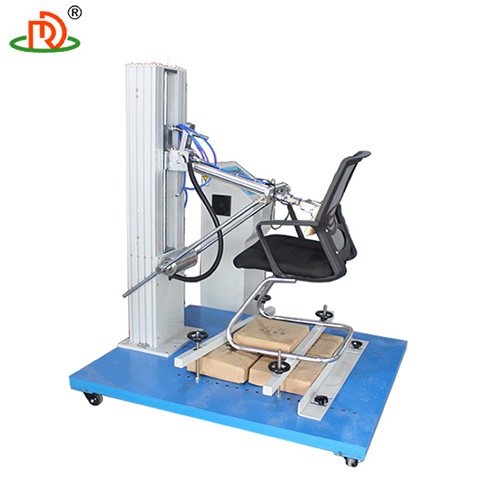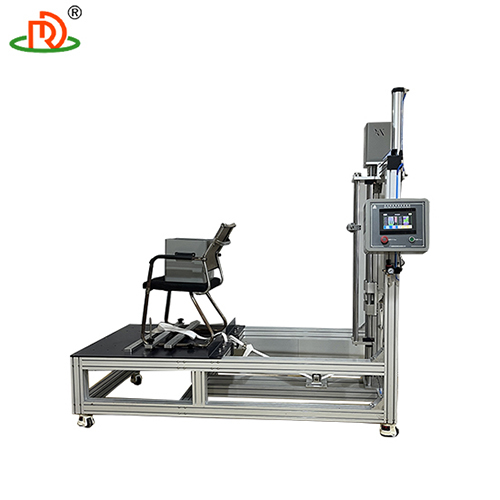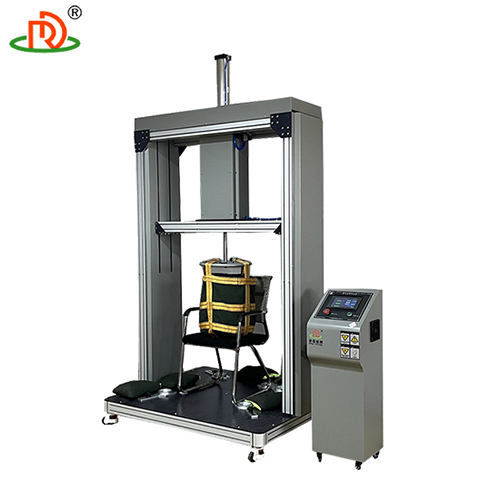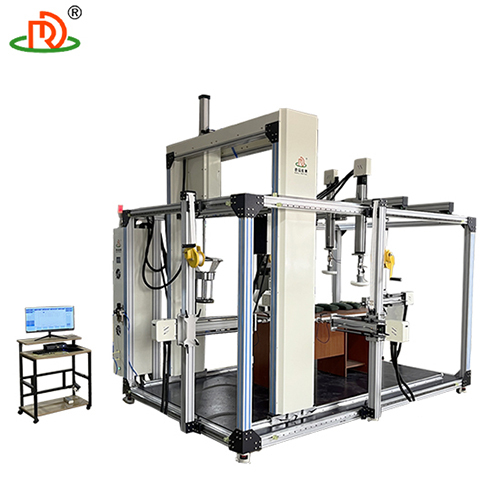
UV yellowing and aging test chamber
Product Details:
UV yellowing and aging test chamber Price And Quantity
- 1 Unit
- 168005.0 INR/Unit
UV yellowing and aging test chamber Trade Information
- Cash in Advance (CID)
- 100 Unit Per Month
- 7 Days
- All India
Product Description
Item Specification
1. Internal chamber size(W*D*H) 50*50*60cm
2. External chamber size(W*D*H) 114*74*130cm
3. Temperature Range Ambient Temperature~200
4. Control Mode Automatic Calculation Controller
5. Temperature display accuracy 0.1
6. Control accuracy 3
7. Distribution accurac 1 (ambient ~ 100)
8. Time memory 0-999 hours, Power Failure Memory Type, with Buzzer
9. Sample holder rotation speed Diameter 45cm, 102 roll/min
10. UV light source 300W UV lamp
11. Heating method Hot air circulation
12. Chamber material Internal: Stainless Steel SUS304;
13. External: Steel plate with baking varnish
Wide range of applications
UV yellowing test chambers have important applications in several industries:
Plastics and rubber industry: to evaluate the color change and performance degradation of plastics and rubber materials under UV light.
Plastics and rubber industries: to evaluate color changes and performance degradation of plastic and rubber materials under UV exposure.
Coatings and paints industry: to test the light resistance and color retention of coatings, to ensure the durability of coatings in outdoor environments.
Textiles and Leather Goods: Tests textiles and leather goods for light resistance and color retention.
Textiles and Leather Products: Tests the color stability of textiles and leather in the presence of light and temperature.
Textile and Leather Products: Tests the color stability of textiles and leather under light and temperature.
Automotive and construction industry: Evaluating the weathering resistance of automotive exterior parts, construction materials, etc. under UV light.
Automotive and construction industry
Precautions for using the UV yellowing test chamber
- Avoid looking directly at the light source: Do not look directly at the UV lamp during operation to avoid eye damage.
- Regular replacement of lamps: UV lamps have a certain service life, such as UVB-313 lamps used more than 1000 hours need to be replaced to ensure the accuracy of the test results.
- Ensure that the voltage is correct: Before use, you should confirm that the voltage used by the equipment is consistent with the power requirements, to avoid damage to the equipment due to voltage inconsistency.
- Avoid flammable and explosive materials: It is forbidden to put flammable and explosive materials into the test chamber to prevent safety accidents.
- Prevent humid environment: the equipment should be placed in a dry and ventilated environment to avoid humidity leading to leakage or other malfunctions.
UV yellowing test chamber FAQ
1. Q: What is the main test of UV yellowing tester? A: The UV yellowing tester is mainly used to test the color stability of materials under UV radiation, i.e. yellowing resistance. By simulating the UV radiation in the natural environment, it evaluates the color change and durability of materials such as plastics, rubbers, paints, textiles, etc. under long-term UV action.
2. Q: What are the types of light sources for UV yellowing resistance tester? A: Common UV light sources include UVA-340 and UVB-313 lamps. UVA-340 lamps simulate long-wave UV from sunlight and are suitable for yellowing resistance testing of most materials, while UVB-313 lamps simulate short-wave UV and are suitable for testing of materials that require higher energy exposure.
3. Q: In addition to UV irradiation, what other environmental parameters can the equipment control? A: In addition to the UV light source, the UV yellowing tester can also control the temperature and humidity. By adjusting these parameters, different environmental conditions can be simulated, such as high temperature and high humidity, low temperature and low humidity, etc., so that the yellowing resistance of the material can be evaluated more comprehensively.
4. Q: How to prepare and place the samples for testing? A: Samples should be prepared in accordance with relevant standards or customer requirements, e.g. cut to a specific size and shape. Then the samples should be evenly placed on the sample rack inside the equipment, making sure that the distance and angle between the samples and the UV light source are the same in order to obtain consistent test results.
5. Q: How do I evaluate the yellowing resistance of the samples after the test is completed? A: After the test is completed, remove the sample, observe the color change and compare it with the untested sample. The yellowing resistance of the material can be assessed by measuring the amount of color change with an instrument such as a colorimeter. In addition, the durability of the sample can be further evaluated based on changes in its physical properties, such as hardness and tensile strength.

Price:
- 50
- 100
- 200
- 250
- 500
- 1000+








 English
English Spanish
Spanish French
French German
German Italian
Italian Chinese (Simplified)
Chinese (Simplified) Japanese
Japanese Korean
Korean Arabic
Arabic Portuguese
Portuguese